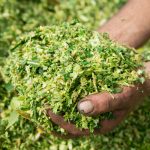


What are the biggest disadvantages that farmers must overcome to make their business more profitable? What are the offers in agricultural plastics available in the market for food preservation? What advantages do silo bags or silage storage bags have vs systems such as the Silo Bunker? We will try to answer these and other inquiries in this article. However, if you have any further questions about prices, capacity, where to buy silo bags or anything related to, please don’t hesitate to contact our experts.
Silage bags or silage plastic bags allow the farmer to preserve and maintain animal feed or for grain stogare, offering a series of advantages over traditional silage, which will be discussed later. In Argentina the manufacture of so-called silage bags or Silo Bags is initiating and, it is precisely there, where 80% of the world market share for this product is currently located; the country also stands out for its livestock sector as one of the largest exporters of beef in the world, recognized for its quality.
Related to grain storage, we invite you to watch our webinar specially dedicated about it: Temporary grain storage solutions for secure business operations.
One of the biggest problems for farmers is the limited availability of quality forage during the dry season of the year, in addition to the availability of soil and climate conditions, among other factors. Forage is the most economical source of food for livestock and its availability is set by times of abundance that match rainfall season, and scarcity, which matches the drought season. These factors influence the decrease in milk production, animal weight loss, the delay in growth, the increase in production costs and will result in a lower earned income.
To overcome these drawbacks, it is necessary to develop strategies for forage conservation that favour the availability of good quality food permanently and at a low cost during the critical period of the year. Silage bags are a solution that is gaining more followers due to its effectiveness in preserving animal feed, the flexibility for storage and the reduction of costs in comparison to other silage systems.
What do silage bags look like?
There are several options in the market, but in this case, we want to talk about the technology involved in the silage bags of the companies from the Armando Álvarez Group manufactured also in the USA. Their Silo Bags that are marketed under the name of Green-Bag, are bicolour bags, usually black and white, which are manufactured with multilayer co-extrusion technology, up to 7 layers, and in different thicknesses.
Using the latest technology to produce its plastics would be one of its major differential values, since having the ability to manufacture plastics of up to 7 layers allows the creation of special formulations by adding additives that improve, for example, the mechanical properties of plastics.
These terms can seem confusing, and for that precise reason we will try to explain in detail what plastic coextrusion is within silage bag technology and what it is for.
Plastic coextrusion is a complex process that implies passing a thermoplastic material through an extruder, which exerts pressure and temperature, so the material acquires a specific thickness. This thickness should be uniform along the plastic sheet to guarantee its quality.
Therefore, coextrusion in plastic sheets is the same as saying multilayer extrusion, since it allows the combination of several polymers with different properties to achieve the creation of a multilayer structure. So, the number of properties and their diversity (scratching, punching, traction…) of our silage bags are proportional to the number of layers of the same.
The technology of silage bags allows them to have a white layer on the outside, which causes the reflection of most of the solar radiation, and an inward black layer that prevents the entrance of radiation. Both layers will reduce the internal temperature of the bag, resulting in a balanced temperature that will increase the quality of the product stored.
This type of bag is certainly one of the most feasible and beneficial alternatives available since its manufacture is relatively easy and does not require a large infrastructure or high costs.
This silage bag technology allows the storage of forage in the absence of oxygen. The purpose of this process is to trigger lactic fermentations, pH reduction and stability in odour and appearance in the biomass being treated.
Silage bag capacity
An important aspect is the fact that the silage bag storage technique is easy to learn, since filling the bag is quite simple because it does not require a specialized workforce to do so.
Also, the capacity of silage bags allows to store large quantities of food, which can range from 30 thousand to one million or more of grain bushels such as wheat, soybeans, barley, corn, sunflower, rice and canola, among other specific crops in each area.
Advantages of the Silo Bag Green-Bag:
- Excellent mechanical properties. Great resistance to punching and impact to the dart.
- Proper temperature for the optimization of fermentation.
- Minimum loss of nutrients in the conservation of the silage product.
- Its hermetic seal prevents the forage from allowing the proliferation of aerobic bacteria, mould, and insects.
- The outer white layer reflects solar radiation and prevents the excessive heating of the forage, thus preventing unwanted fermentations. They assist the change of lactic fermentation; whose degree depends on the content of fermentable sugars and the level of anaerobiosis.
- It has very low oxygen permeability, it is an excellent barrier to water and air, as well as to the escape of polluting gases.
- Provides greater quality to the forage; when the proper preservation process has been performed, it presents minimal differences with the green forage.
- It presents no risk of fire.
- It does not suffer variations due to climatic changes, which will provide the producer with more possibilities to make forage reserves in problematic areas.
Advantages of the Green-Bag vs the Bunker Silo:
- The silo bag Green-Bag is more flexible.
- There is no need to build a bunker, in this case the operating cost would be in the machine to place the grain inside the bag. However, the silage bag represents a cheaper solution than the silo bunker.
- It gives the farmer decision-making power due to the capacity to store the product of the silage bags.
- It is very versatile since it provides the freedom to store food anywhere.
- Each layer can provide a different property to the plastic, which translates into multiple possibilities to improve its quality and even customize it to the specific requirements for the storage of the forage.
Other applications for silage bags
The uses of silage bags are almost endless, since aside from being used for the conservation of forage, grains etc….They can be used as well for: Biogas plantations, compost production, storage of industrial by-products (such as production waste, sugar beet pulp…).
But, have you ever wondered how much silage should go into a silo bag? This is a frequent doubt and often a common topic of conversation between farmers and producers, and the truth is that one way to estimate the capacity of silage bags is to estimate the volume in the bag and multiply the same by its density.
For example, when full length bags are used, the silage length is the length of the bag minus the unused portion needed to seal each end of the bag. In this way, the amount of dry matter inside the bag will be the volume multiplied by the density of the dry matter. It is worth mentioning that the density of dry matter may change from one bag to another and will be based on the type and adjustment of the machine, as well as the type of forage used.
We also invite you to read about the different silage techniques and its advantages and the role of silage in the meat industry.
If you have any doubt about prices, options, where to buy a silo bag, please don’t hesitate to contact our expert.


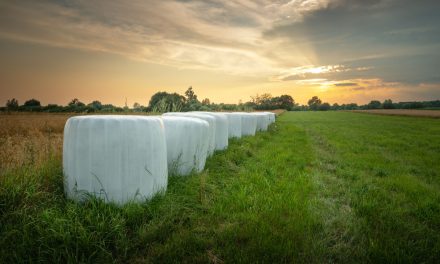
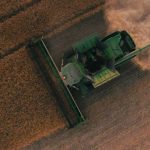

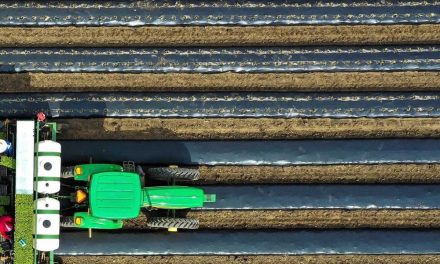



![[eBook Trends in Agriculture Plastics] Increasing use of biodegradable mulch](https://agriplasticscommunity.com/wp-content/uploads/550 × 310_2_ENG-440x264.png)
![[eBook Trends in Agriculture Plastics] Reducing the plastic used in the manufacture of agricultural films](https://agriplasticscommunity.com/wp-content/uploads/550 × 310_1_ENG-440x264.png)






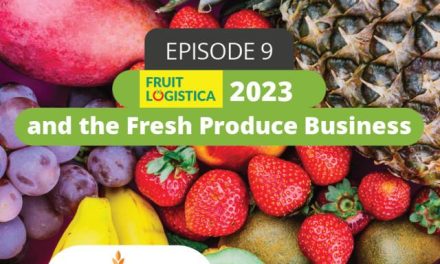

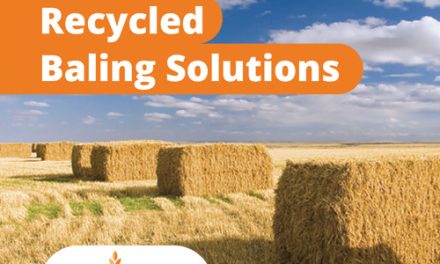




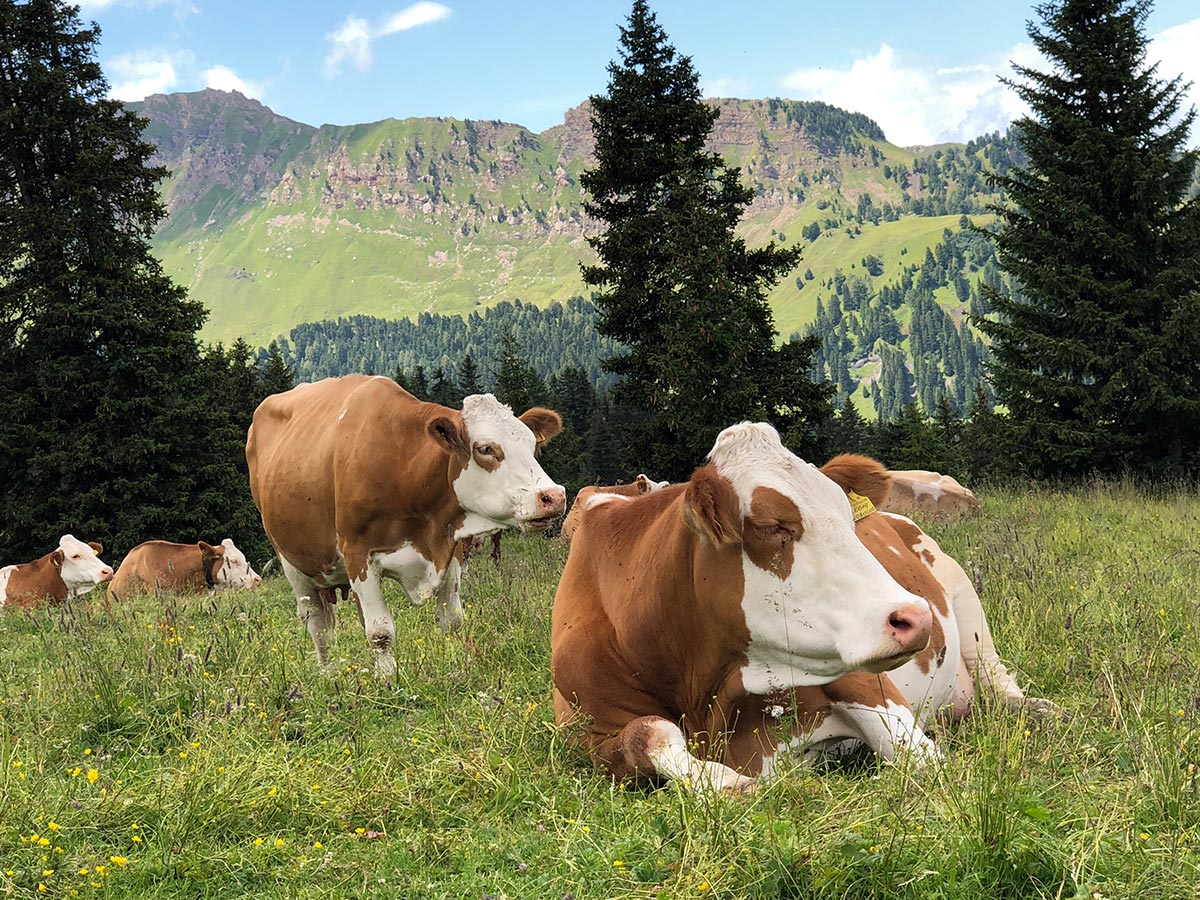



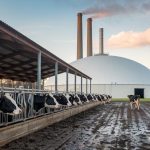

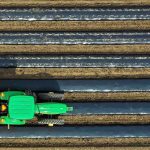



Silo bags are generally used by farmers as a grain storing bags in open field area. Plastic silo bags are suitable for storing wheat (up to 200 MT) and other crops and commodities like barley, maize, soya, mustard, paddy, etc. The bags are sealed, airtight and designed to stretch by 10% ensuring the grain is packed tightly and most air is expelled at filling.
I am interested in this comunity
Thanks for your comment and support Narcis! Have a great weekend!
Looking for 12×500 grain bags
Sorry Dumas that we didn’t reply until now. We’ll contact you soon. Many thanks!